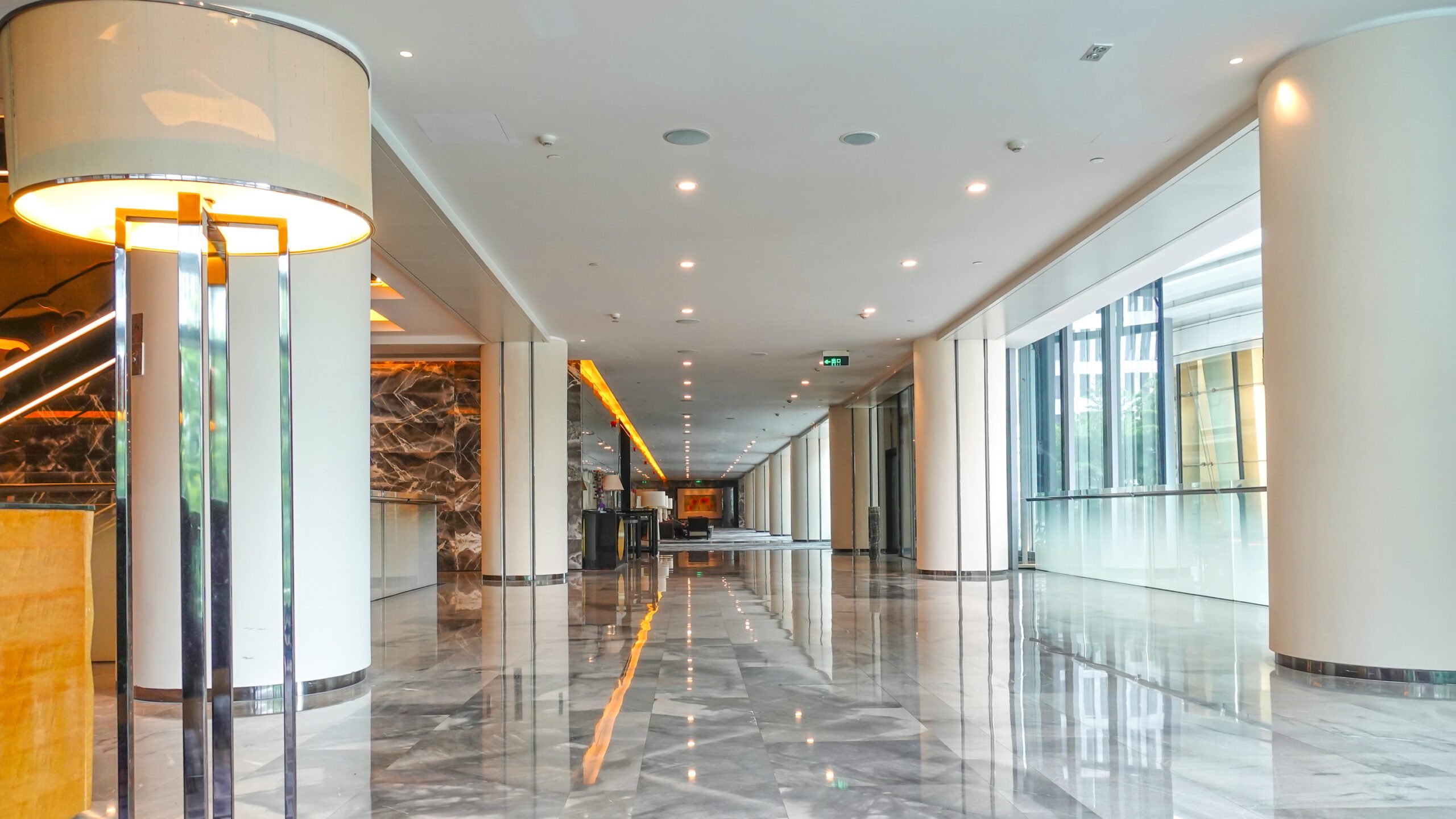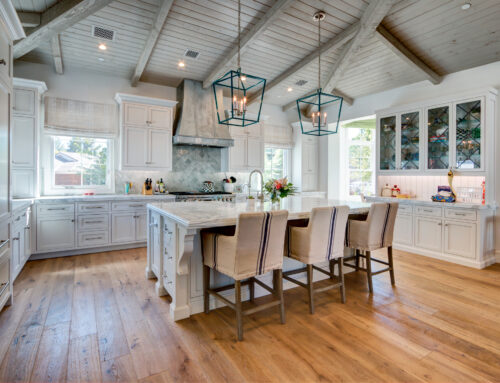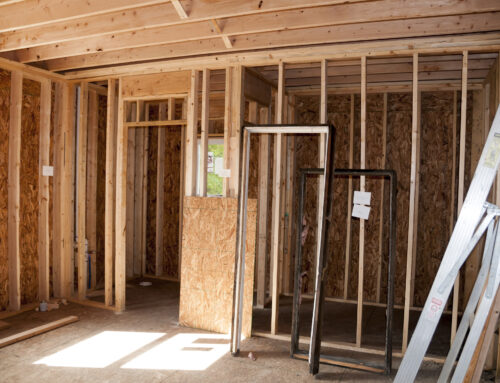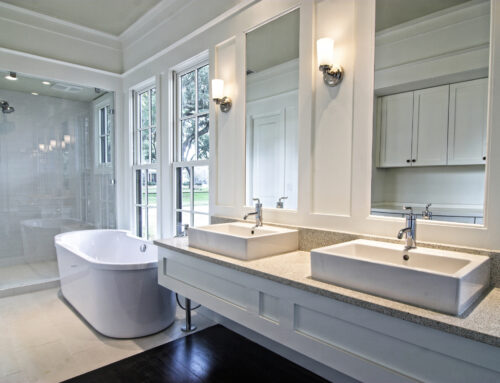Office Renovation Costs
Construction is a broad industry with many factors, but what specifically contribute to office renovation costs? Normally there are the typical costs of ownership and costs to rent buildings. But when its time for office space renovation, that can be driven by the landlord or the tenant. On the one hand, it’s necessary to keep buildings in good shape and keep up with the times. And a landlord may want to go the extra mile to attract new tenants. But tenants may want more – they often want reimaging.
Reimaging, or rebranding, applies to tenants who want to apply or update their brand on their building of occupation. This doesn’t just apply to retail – it applies to offices for whom branding is important. Signage of course is an obvious need. But the overall look and feel, colors and image can heavily impact even a company’s office. There are many chain accounting and brokerage firms for example who retain the same branded imaging for their office locations across the country. And when they want to update the brand, their office renovation undergoes reimaging. When tenants are planning to move into a new office space, they often negotiate with the landlord for a share of renovation costs. The landlord in this scenario is incentivized to obtain the new tenant, and the tenant gets new renovation. But what are typical office renovation costs?
Location, type of building and materials all contribute to costs. The costs themselves are typically measured in cost per square foot. It’s vital to plan in advance, with all necessary parties, the projected costs. And the construction project manager’s role is to keep track of costs throughout the office renovation project.
Building location is a vital factor to the project cost. For example renovation projects in San Francisco or New York can cost more than other towns or rural areas. However it’s not just large population areas that impact these location costs – weather is a big cost factor as well. Areas with heavy snow, earthquakes or tornados require additional construction techniques and materials. Local building codes and building permits also vary by location and impact renovation costs.
Labor is another item effecting renovation construction costs. In America, more and more people are neglecting traditional trades in favor of college degrees and associated jobs. This increases the demand (and cost) of labor.
Modular and sustainable items also can decrease or increase renovation costs. Typically the more sustainable, environmentally focused construction approaches can elevate costs. However pre-fabricated modular building pieces are often cheaper, quicker and easier to build with, but have less disruption of the building environment.
Insurance is another renovation cost. For example, wood construction is an older material and is often today replaced by concrete or steel today because of lower costs of insurance. Architecture styles also impact insurance costs. Roofing design styles are an example of these elements. Architectural design in general, and repeating elements, also impact overall construction costs – obviously, the more complex and singular the design, the more the construction cost.
Office renovation costs today are made of many attributes such as materials, location, codes and regulations, labor, weather, architectural styles, modular and sustainability elements. A good construction firm knows how to factor all of these into a great final office renovation with no surprises in quality or cost.
Call Us Today! (832) 521-3215






